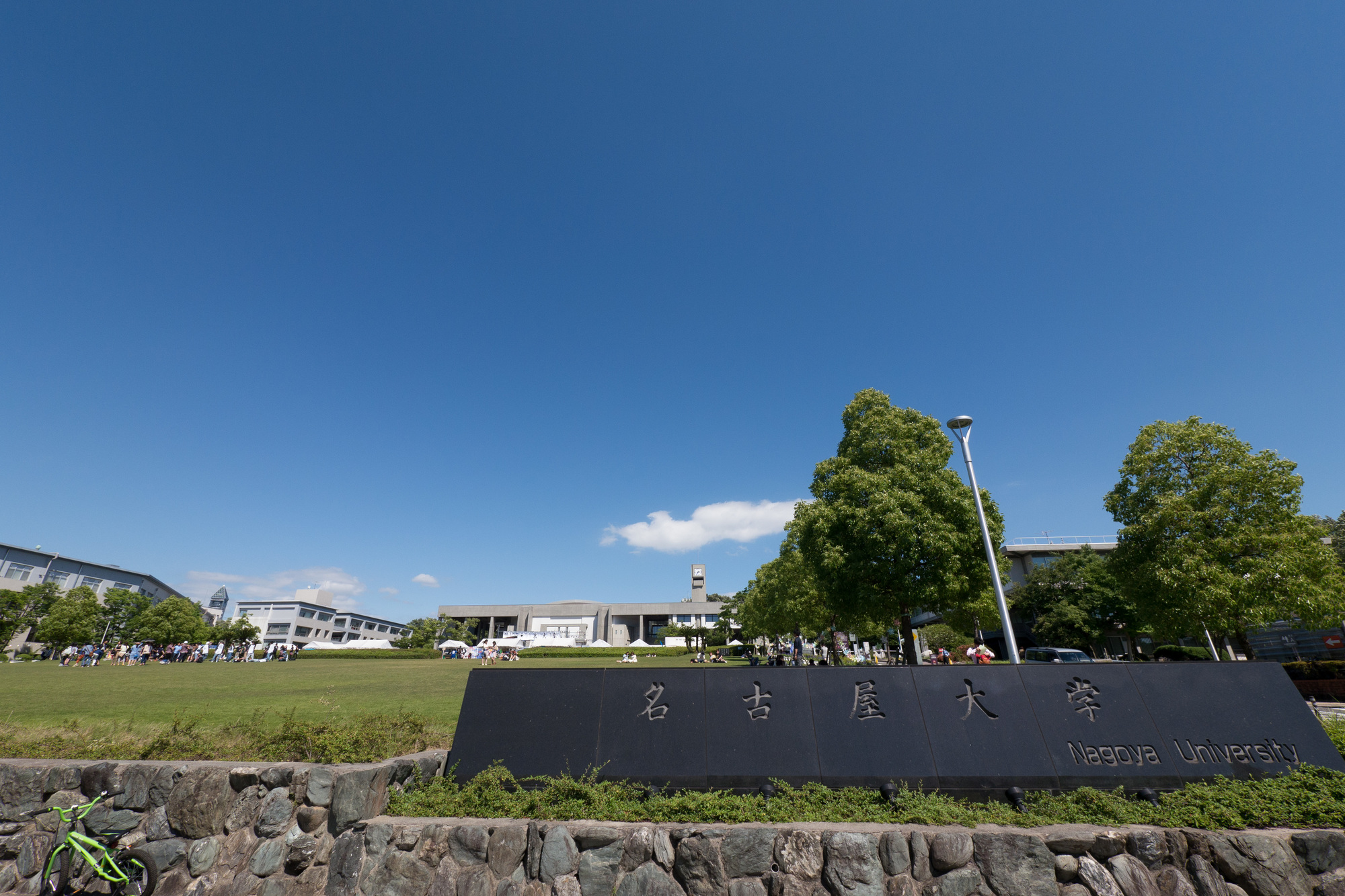Nagoya University announced that it has succeeded in analyzing the strain by extracting and amplifying the DNA of livestock goats from 7500 to 8000 years ago.The results of this research are the lecturer Seiji Kadowaki of the Graduate School of Environmental Studies, Nagoya University, Keiko Onishi, a graduate student of the same graduate school (at that time), Professor Yoshihiro Nishiaki and Saiji Arai of the University of Tokyo, and the Academy of Sciences of the Republic of Azerbaijan. In collaboration with Dr. Farhad Guliyev.
The region where the world's oldest farming and livestock economy has developed is the "Fertile Crescent" in West Asia.Previous studies have shown that the cultivation of wheat and legumes that began there and the livestock of goats, sheep, cattle, and pigs became widespread throughout the world.However, there are still many unclear points about the specific process of when and how the global spread of agriculture has progressed.
In this study, in the Caucasus region located in the north of the fertile crescent zone, the remains of an ancient rural village (7500 to 8000 years ago) were excavated and investigated, and the bones of livestock goats at that time were collected.Mitochondrial DNA was extracted and amplified from this bone, and phylogenetic analysis was performed using the reference DNA of modern goats.As a result, it was found that the ancient domestic goats in the Caucasian region are significantly different from the wild goats in the region and are included in the same strains as the wild goats in the northeastern part (eastern Turkey to northwestern Iran) in the Fertile Crescent. rice field.The Fertile Crescent is an area where livestock breeding and grain cultivation developed earlier (after about 1 years ago) than in the Caucasus region.It is said that it is evidence that domestic goats were transferred from this place of origin to the Caucasus region in ancient times 8 years ago.
This result is a concrete example showing the earliest aspect of the process in which agriculture became widespread in human society in the Holocene (from about 11,700 years ago to the present), and is expected to contribute to the elucidation of the agricultural extension process. NS.


